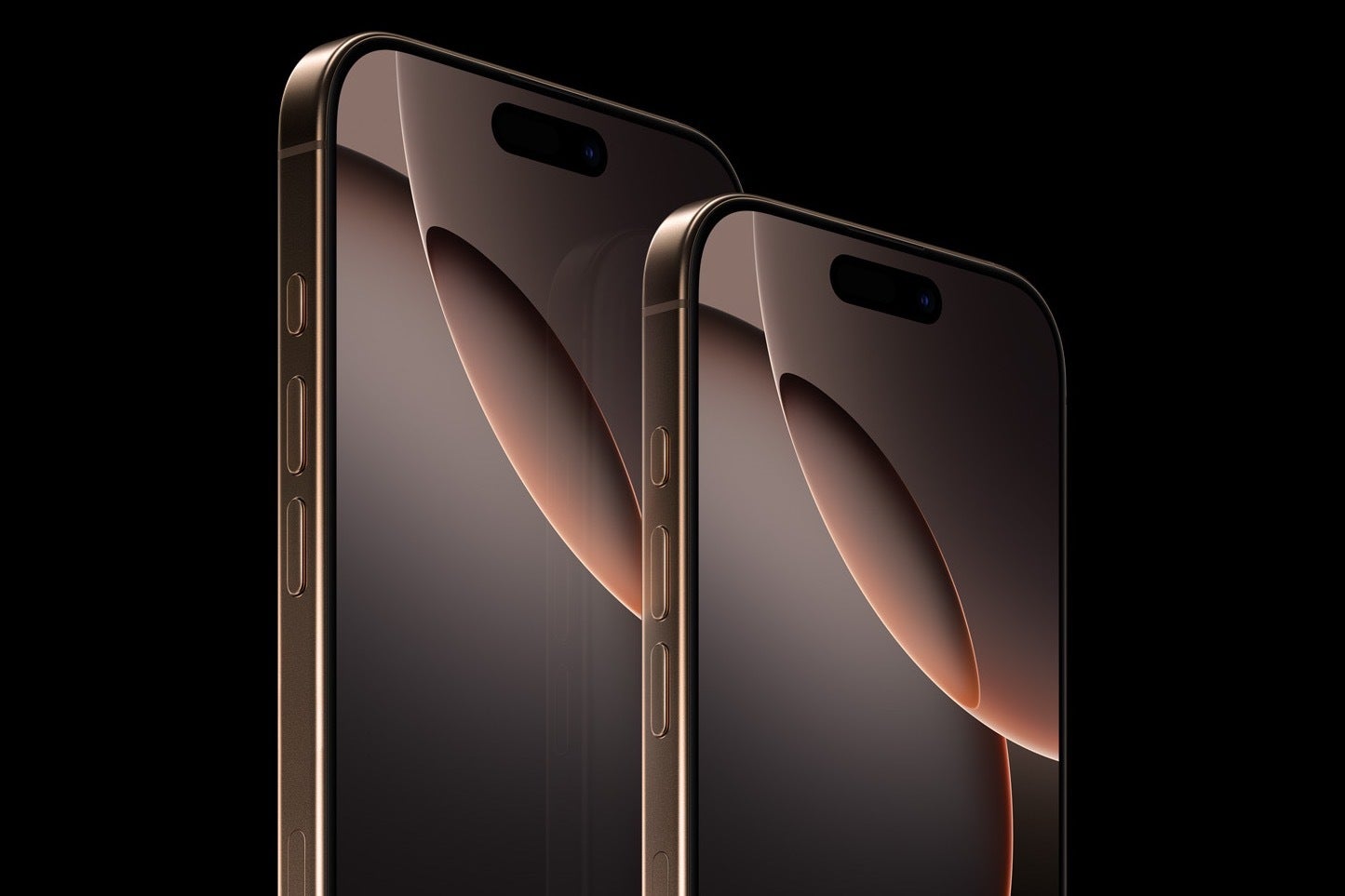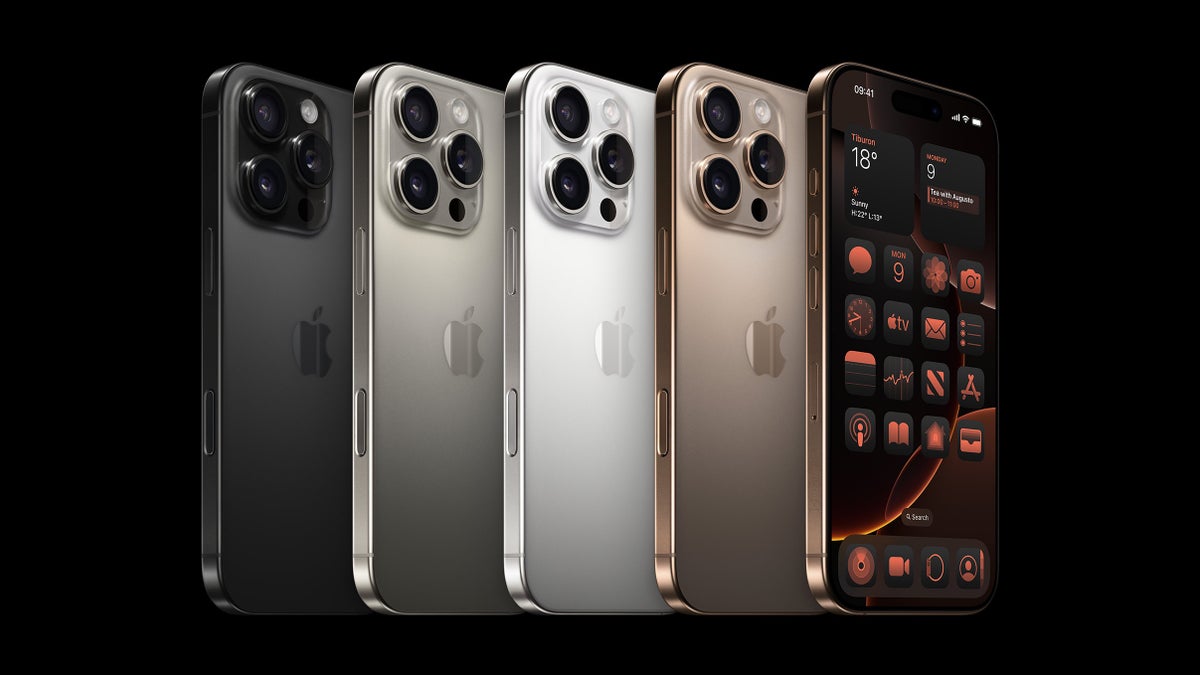Technical specifications listed on Apple’s official website confirm that that every iPhone 16 model – from the base iPhone 16 to the top-tier iPhone 16 Pro Max – will still have a nano-SIM card slot when sold outside the US. This applies to a wide range of countries, including major markets like the UK, Canada, Australia, Japan, and China, as well as many others.
This isn’t just about maintaining the status quo. In most of these regions, the iPhone 16 also supports eSIM, meaning users can have dual-SIM functionality. This offers flexibility for travelers, those juggling work and personal lines, or anyone wanting to take advantage of different carrier deals.

iPhone 16 models sold outside the U.S. still feature a physical SIM card tray | Image credit — Apple
The contrast with the US is stark. Since the iPhone 14, Apple has been pushing eSIM adoption domestically, removing the physical SIM tray entirely. The company has effectively touted eSIM’s security benefits (such as that it can’t be physically removed from a stolen phone) and the convenience of managing multiple eSIM profiles digitally.
So, why the difference? While eSIM adoption is growing globally, it’s not universal. Some carriers or regions may have slower rollouts, or users might simply prefer the familiarity of a physical SIM. Keeping the tray ensures Apple’s new iPhones remain accessible to the widest possible audience.
This doesn’t mean the physical SIM is safe forever. Apple’s long-term goal seems clear, and as eSIM infrastructure improves worldwide, we could see future iPhones drop the tray entirely. But for now, it’s a reminder that even in the fast-paced tech world, transitions take time. The iPhone 16‘s SIM situation reflects this, catering to both the cutting-edge and the comfortable, depending on where you are.
